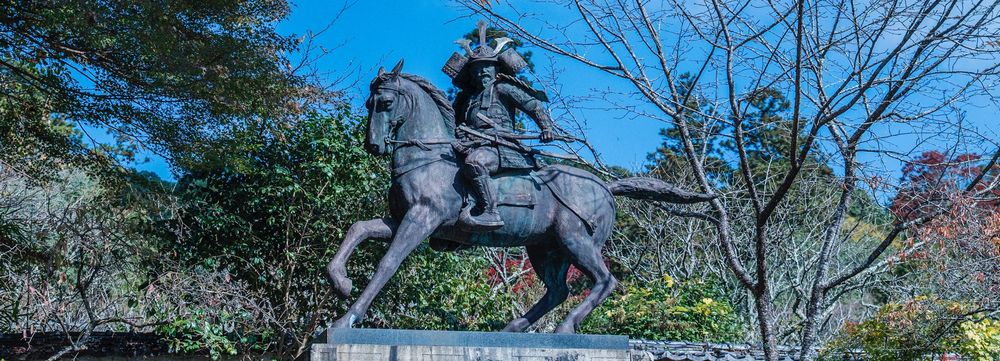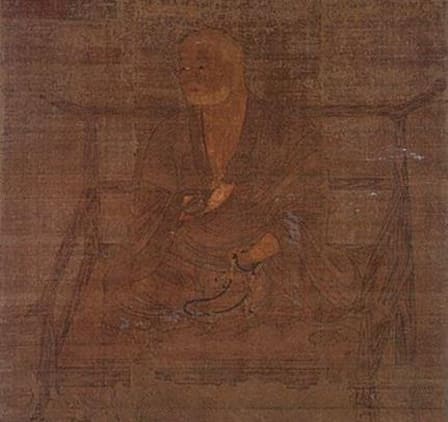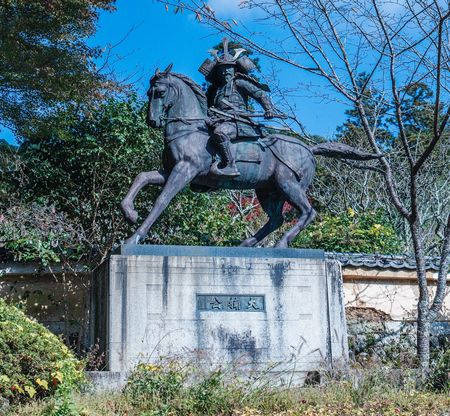
Historical Figures Associated
Kanshinji, Kongoji, and Enmeiji temples have been closely associated with distinguished monks across history, including Gyoki, Kobo Daishi Kukai, Akan, Monkan, and Jogon.
The region also holds historical ties to prominent figures such as the renowned samurai Masashige Kusunoki and Emperor Go-Daigo, along with other members of the Imperial family.

Kobo Daishi Kukai
Kukai was born in 774 in Sanuki Province (present-day Kagawa Prefecture). After traveling to Tang China to study esoteric Buddhism, he returned to Japan and, in 816, established Koyasan as a sacred center for Shingon Esoteric Buddhism. Toji Temple (Kyoto) became the principal training hub for Shingon Esoteric Buddhism under Kukai's leadership. Kanshinji Temple, strategically located between Toji Temple and Koyasan, served as a vital mid-point lodging and a significant base for the development of the Shingon sect. In Kawachinagano City, numerous temples and legends preserve Kukai’s legacy. The legends passed down in the city often feature stories of medicinal herbs and foods reputed for their healing properties.

Masashige Kusunoki
Masashige Kusunoki was a renowned samurai who played a pivotal role in Japanese history during the late 12th and early 13th centuries. According to legend, he was born in 1294 in Chihaya Akasaka Village, located next to Kawachinagano City in Osaka Prefecture. Between the ages of 8 and 15, he is said to have studied Buddhism and various academic disciplines at Kanshinji Chuin Temple in Kawachinagano City. During this period, he also honed his skills in military strategy under the guidance of Oe Tokichika, a famed tactician who lived in the Kagata area of the city. In those times, schools as we know them today did not exist. Education was a privilege reserved for children of the nobility and samurai classes, who often studied under learned monks at temples.
Kusunoki became a loyal supporter of Emperor Go-Daigo (1288–1339), who aimed to overthrow the samurai-dominated Kamakura shogunate and establish a new government centered on imperial authority. He fought alongside figures such as Ashikaga Takauji in the struggle against the Kamakura regime. Kusunoki and his allies achieved victory over the Kamakura shogunate, briefly establishing a government centered around Emperor Go-Daigo. However, Ashikaga Takauji, intent on creating a samurai-dominated government, rebelled against Emperor Go-Daigo. In 1336, Kusunoki, unwavering in his loyalty to the Emperor, engaged Takauji’s forces at the Battle of Minatogawa (present-day Kobe City, Hyogo Prefecture), where he fought but ultimately perished in battle.
Tales of Kusunoki can be found in numerous places. His life, accomplishments, and military endeavors are vividly portrayed in historical narratives, most notably Taiheiki (The Chronicle of Great Peace). This epic, centered on medieval Japanese battles, is thought to have been written in the 14th century, although its author and period of origin remain unknown. Through such works, Kusunoki's story has become widely known. Despite his legendary status, historical records about Masashige Kusunoki only span the approximately five years leading up to his death in battle in 1336. This limited documentation makes him a figure shrouded in mystery.
Copyright©Kawachinagano City. All Rights Reserved

